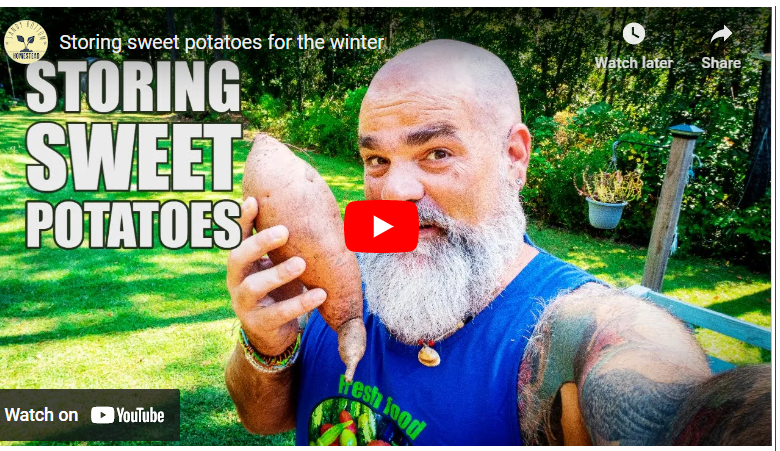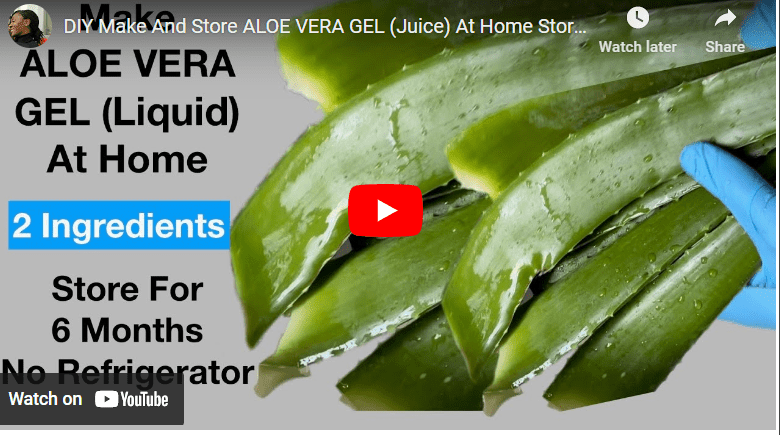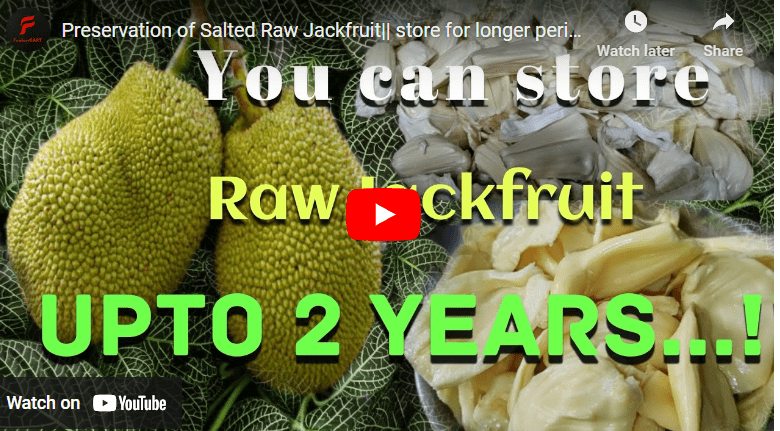Tomatoes are a staple ingredient in many Ghanaian dishes. Whether you’re making jollof rice or kontomire stew, fresh tomatoes are an essential ingredient that cannot be substituted.
However, tomatoes are seasonal and are not always available year-round. Fortunately, with proper preservation techniques, you can enjoy the taste and health benefits of fresh tomatoes even when they are out of season.
Preserving tomatoes for long-term storage is a great way to enjoy the flavors of summer all year round. To do this, start by choosing ripe tomatoes and removing any damaged or bruised areas. Next, blanch the tomatoes in boiling water for 1-2 minutes before quickly transferring them to an ice bath. Once cooled, peel off the skins and remove the cores and seeds. Place the tomatoes in a sterile jar with a tight-fitting lid and pour a thin layer of olive oil over the top. Seal the jar and store in a cool, dry place. Enjoy your tomatoes for up to one year!
How To Preserve Fresh Tomatoes For Long Time Storage
Should in case you have excess fresh tomatoes at your disposal, we have carefully discussed the steps through which you can preserve fresh tomatoes for long time storage.
Step 1: Preparation
Before preserving your tomatoes, it is essential to ensure that you have the right tomatoes and that they are properly cleaned and sorted.
Read Also: How To Preserve Aloe Vera For Long-Time Storage
Step 1. Selection of Ripe Tomatoes
To preserve fresh tomatoes, you need to start with ripe and fresh tomatoes. Look for tomatoes that are firm and free of blemishes or bruises. The color of the tomato should be a rich, vibrant red, indicating that it is fully ripe. Avoid tomatoes that are too soft, as they may be overripe and prone to spoilage.
Read Also: How To Preserve Fresh Pepper For Long-Time Storage
Step 2. Washing and Cleaning the Tomatoes
Once you have selected your tomatoes, it is time to clean them. Rinse the tomatoes thoroughly under running water to remove any dirt or debris. You can also add a small amount of vinegar to the water to help remove any bacteria or pathogens.
Step 3. Sorting and Discarding Damaged Ones
After washing the tomatoes, sort them and discard any that are damaged or spoiled. Look for any signs of mold, soft spots, or bruises. These can quickly spread to the other tomatoes and cause them to spoil, so it is best to remove them.
Read Also: How To Preserve Apple for Long-Time Storage
Step 2: Methods of Preservation
There are three main methods of preserving fresh tomatoes: canning, freezing, and drying. Each method has its advantages and disadvantages, and the choice you make will depend on your preferences and the equipment available.
#1. Canning
Canning is a popular preservation method for fresh tomatoes, and it involves cooking the tomatoes in a hot water bath or pressure canner.
The heat kills any bacteria or pathogens in the tomatoes and seals them in a jar, preventing any further contamination.
Read Also: How To Preserve Avocado For Long Time Storage
Equipment Required for Canning
To can fresh tomatoes, you will need the following equipment:
- Glass canning jars with lids and bands
- Large pot or pressure canner
- Canning funnel
- Jar lifter
- Bubble remover tool
- Clean cloths and towels
Procedure for Canning Fresh Tomatoes
To can fresh tomatoes, follow these steps:
Step 1: Sterilize the Jars and Lids
To clean the jars, lids, and bands, it is recommended that you use hot, soapy water and thoroughly rinse them afterward. Place the jars in a large pot or pressure canner and cover them with water.
Bring the water to boiling point and maintain the boiling temperature while sterilizing the jars for 10 minutes. Remove the jars from the water and place them on a clean towel to dry.
Place the lids and bands in a separate pot of hot water and simmer them for 10 minutes.
Read Also: How To Preserve Beans For Long Time Storage
Step 2: Prepare the Tomatoes
Wash and peel the tomatoes, if desired. Cut the tomatoes into quarters or smaller pieces, removing any stems or tough parts.
Step 3: Heat the Tomatoes
In a large pot, heat the tomatoes over medium-high heat until they begin to simmer. Reduce the heat to low and simmer the tomatoes for 5 minutes.
Step 4: Pack the Jars
Using a canning funnel, pack the hot tomatoes into the sterilized jars, leaving 1/2 inch of headspace at the top. Use a bubble remover tool to remove any air bubbles from the jar, and add more tomatoes if necessary to maintain the headspace.
Read Also: How To Preserve Cabbage For Long Storage
Step 5: Seal the Jars
Wipe the rims of the jars with a clean, damp cloth to remove any tomato residue. Place the lids on the jars and screw the bands on until they are finger-tight.
Step 6: Process the Jars
Place the jars in a large pot or pressure canner and cover them with water. Bring the water to a boil and process the jars according to the recommended time and pressure for your altitude.
For example, at sea level, quart jars of tomatoes should be processed in a pressure canner for 25 minutes at 11 psi. Once the processing time is complete, turn off the heat and let the jars sit in the canner for 5 minutes before removing them with a jar lifter.
Read Also: How To Preserve Carrot For Long Time Storage
Step 7: Cool and Store the Jars
Place the jars on a clean towel and let them cool for 12-24 hours. Check the lids for a seal by pressing down on the center of the lid. If it doesn’t pop, the jar is sealed. Label the jars with the date and store them in a cool, dark place for up to 18 months.
#2. Freezing
Freezing is another popular method of preserving fresh tomatoes, and it is a simple and convenient way to store tomatoes for later use.
Freezing tomatoes does not require any special equipment, and the tomatoes can be used in soups, stews, and sauces.
Equipment Required for Freezing
To freeze fresh tomatoes, you will need the following equipment:
- Large pot or boiling water canner
- Slotted spoon or strainer
- Clean towels or paper towels
- Freezer-safe containers or bags
Procedure for Freezing Fresh Tomatoes
To freeze fresh tomatoes, follow these steps:
Step 1: Blanch the Tomatoes
Bring a large pot of water to a boil and fill a bowl with ice water. Using a slotted spoon or strainer, lower the tomatoes into the boiling water and blanch them for 30-60 seconds, or until the skins start to crack. Remove the tomatoes from the boiling water and immediately transfer them to the ice water bath.
Read Also: How to Preserve Cocoa for Long Time Storage
Step 2: Peel and Chop the Tomatoes
Once the tomatoes have cooled, remove them from the ice water and peel off the skins. Cut the tomatoes into quarters or smaller pieces, removing any stems or tough parts.
Step 3: Drain and Dry the Tomatoes
Using a slotted spoon or strainer, transfer the tomatoes to a clean towel or paper towels to drain off any excess water. Pat the tomatoes dry with the towels.
Step 4: Pack and Freeze the Tomatoes
Pack the tomatoes into freezer-safe containers or bags, leaving 1/2 inch of headspace at the top. Label the containers or bags with the date and freeze the tomatoes for up to 12 months.
#3. Drying
Drying is another method of preserving fresh tomatoes, and it involves removing the moisture from the tomatoes to prevent spoilage. Dried tomatoes are delicious in salads, pasta dishes, and sandwiches.
Read Also: How To Preserve Coconut For Long-Time Storage
Equipment Required for Drying
To dry fresh tomatoes, you will need the following equipment:
- Dehydrator or oven
- Knife or mandolin slicer
- Clean towels or paper towels
- Storage containers
Procedure for Drying Fresh Tomatoes
To dry fresh tomatoes, follow these steps:
Step 1: Slice the Tomatoes
Using a sharp knife or mandolin slicer, slice the tomatoes into 1/4 inch thick slices. Remove any stems or tough parts.
Step 2: Drain and Dry the Tomatoes
Place the tomato slices on a clean towel or paper towels to drain off any excess moisture. Pat the slices dry with the towels.
Step 3: Dehydrate the Tomatoes
If using a dehydrator, place the tomato slices on the dehydrator trays, leaving space between each slice to allow for air circulation. Set the dehydrator to 135°F and let the tomatoes dry for 6-12 hours, or until they are completely dry and crispy.
Read Also: How To Preserve Cucumber For Longer Storage
If using an oven, preheat the oven to 170°F. Line a baking sheet with parchment paper and place the tomato slices on the sheet, leaving space between each slice.
Place the baking sheet in the oven and let the tomatoes dry for 6-12 hours, or until they are completely dry and crispy.
Step 4: Store the Dried Tomatoes
Once the tomatoes are completely dry, remove them from the dehydrator or oven and let them cool to room temperature. Place the tomatoes in a clean, airtight container and store them in a cool, dark place for up to 6 months.
Advantages of Preserving Fresh Tomatoes For Long Time Storage
- Allows you to enjoy fresh tomatoes throughout the year, even when they are out of season
- Can save you money by purchasing in-season tomatoes when they are at their lowest price and preserving them for later use
- Preserving your own tomatoes ensures you know exactly what is in them, with no added preservatives or chemicals
- Dried or canned tomatoes take up less storage space than fresh tomatoes, making them convenient for small kitchens or limited storage space
- Preserving your own tomatoes can be a fun and rewarding experience for home gardeners or cooking enthusiasts
Disadvantages of Preserving Fresh Tomatoes For Long Time Storage
- Some preservation methods, such as canning, require specialized equipment and can be time-consuming
- Preserved tomatoes may not have the same texture or flavor as fresh tomatoes
- If not preserved properly, tomatoes can spoil or develop bacteria, leading to foodborne illness
- The initial cost of equipment and supplies for preserving tomatoes may be high, depending on the method used
Factors that affect Preserving Fresh Tomatoes For Long Time Storage
- Tomato ripeness: Only use ripe, unblemished tomatoes for preservation.
- Tomato variety: Different tomato varieties may have different water and acid content, which can affect preservation.
- Preservation method: Different preservation methods require different techniques and equipment, and each method may have different effects on the taste and texture of the tomatoes.
- Storage conditions: Proper storage conditions, including temperature, humidity, and light exposure, are crucial for preserving the quality of the tomatoes.
- Altitude: Altitude can affect the boiling point of water, which can impact canning methods.
Best practices for Preserving Fresh Tomatoes For Long Time Storage:
- Use only high-quality, ripe tomatoes that are free of blemishes or bruises.
- Follow the instructions for the specific preservation method being used, including processing times, pressure levels, and jar sizes.
- Use only approved canning equipment and follow safety guidelines for pressure canning.
- Store preserved tomatoes in cool, dark places with consistent temperature and humidity levels.
- Label jars or containers with the date of preservation and type of tomatoes, so you can easily identify them later.
- Periodically check preserved tomatoes for signs of spoilage or discoloration, and discard any that show signs of spoilage.
How To Store Tomatoes For Months
If you have a large quantity of tomatoes and want to store them for months, there are several methods to consider.
Read Also: How To Preserve Flowers
- Canning: Canning tomatoes is a great way to preserve them for long-term storage. You’ll need to follow specific instructions for the canning process, including using approved canning equipment, boiling jars, and following processing times. Canned tomatoes can be stored in a cool, dark place for up to 18 months.
- Freezing: Freezing tomatoes is another option for long-term storage. Simply wash and dry the tomatoes, remove the stem, and freeze them whole or sliced. Frozen tomatoes can be stored in the freezer for up to 12 months.
- Drying: Dried tomatoes can last for months when stored in an airtight container in a cool, dry place. To dry tomatoes, slice them and lay them out on a baking sheet. Place the baking sheet in the oven at 200°F for 4-6 hours, or until they are fully dried.
How To Store Tomatoes For Long Time Without Fridge
If you don’t have access to a fridge, there are still ways to store tomatoes for a long time.
- Wrap in Paper: Wrap each tomato individually in paper, such as newspaper or brown paper bags. Place the wrapped tomatoes in a cool, dark place, such as a pantry or cupboard. This method can keep tomatoes fresh for up to 2 weeks.
- Store in a Box: Place tomatoes in a cardboard box, separating each layer with crumpled paper or cloth. Keep the box in a cool, dark place, and check the tomatoes periodically for any signs of spoilage.
- Store in Sand: Fill a container with clean sand and place the tomatoes in the sand, making sure they are not touching. Keep the container in a cool, dark place, such as a cellar or basement. This method can keep tomatoes fresh for up to 3 months.
How To Store Tomatoes For Long Time In Fridge
If you have a fridge, you can store tomatoes for a longer time by following these steps.
- Place in a Paper Bag: Place tomatoes in a paper bag and store them in the fridge. This method can keep tomatoes fresh for up to 2 weeks.
- Store in a Container: Place tomatoes in a container, such as a plastic container or glass jar, and store them in the fridge. This method can keep tomatoes fresh for up to 2 weeks.
- Blanch and Freeze: Blanch tomatoes by dipping them in boiling water for 30 seconds, then plunge them in ice water. Remove the skin, and slice or dice the tomatoes before placing them in freezer-safe containers. Frozen tomatoes can be stored in the freezer for up to 12 months.
How To Preserve Blended Tomatoes Without Fridge
If you’ve blended tomatoes into a sauce or puree, you can still preserve them without a fridge.
- Canning: Canning blended tomatoes is a great way to preserve them for long-term storage. You’ll need to follow specific instructions for the canning process, including using approved canning equipment, boiling jars, and following processing times. Canned tomatoes can be stored in a cool, dark place for up to 18 months.
- Freezing: Pour the blended tomato sauce or puree into freezer-safe containers or bags, leaving some room for expansion. Frozen tomato sauce or puree can be stored in the freezer for up to 12 months.
How To Store Tomatoes For 6 Months
If you want to store tomatoes for up to 6 months, the best method is canning.
Canning: Follow specific instructions for the canning process, including using approved canning equipment, boiling jars, and following processing times. Canned tomatoes can be stored in a cool, dark place for up to 18 months.
Read Also: How To Preserve Fresh Pepper For Long-Time Storage
Preserving Tomatoes The Italian Way
Preserving tomatoes the Italian way is a traditional method that involves drying tomatoes in the sun.
- Wash and Cut Tomatoes: Wash the tomatoes and cut them in half lengthwise, removing the seeds.
- Dry in the Sun: Place the tomatoes cut side up on a drying rack or screen, and place them in the sun. Cover them with a cheesecloth to protect them from insects.
- Salt the Tomatoes: After the first day of drying, sprinkle salt on the tomatoes. Continue to dry the tomatoes in the sun, flipping them over once a day, and adding more salt each day.
- Store in Oil: After the tomatoes have dried completely, place them in a jar and cover them with olive oil. The oil will preserve the tomatoes and add flavor.
Conclusion
Preserving fresh tomatoes is an excellent way to extend their shelf life and enjoy them throughout the year. Whether you choose to can, freeze, or dry your tomatoes, the key to successful preservation is to start with high-quality, ripe tomatoes and follow the proper procedures for each method.
By following the instructions provided in this article, you can be confident in your ability to preserve fresh tomatoes for long-term storage and enjoy their delicious flavor and nutrition all year long.




